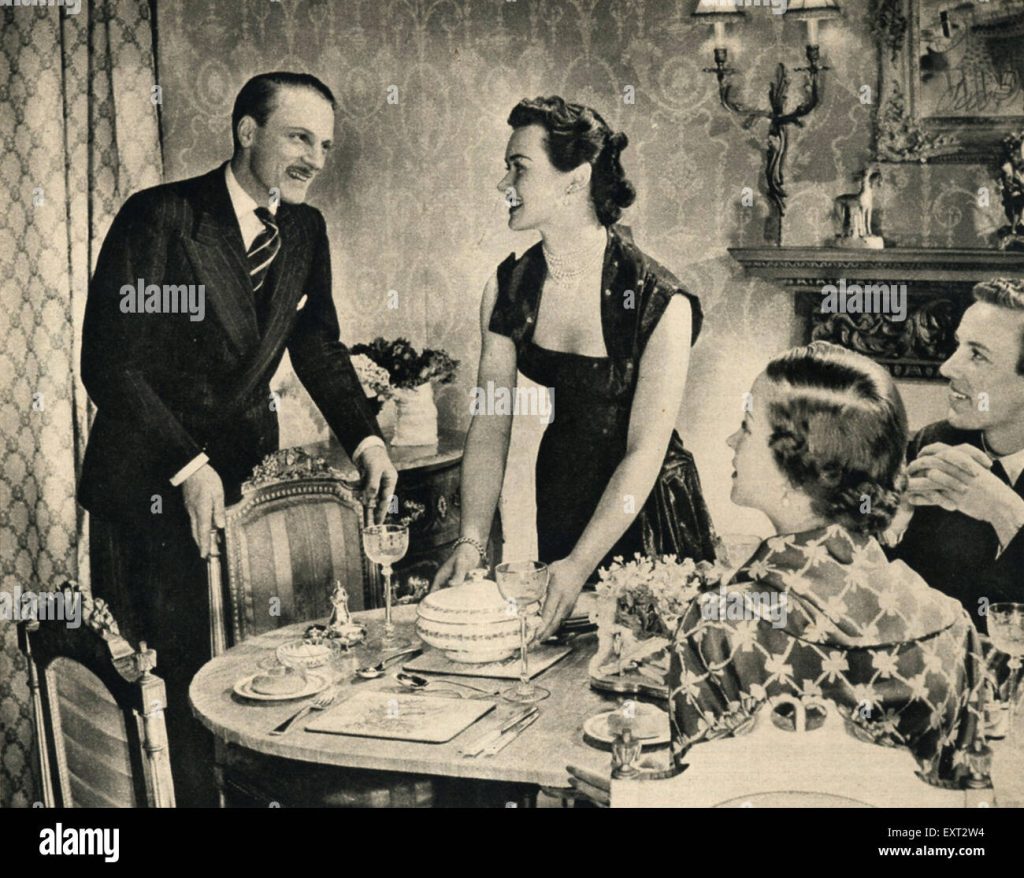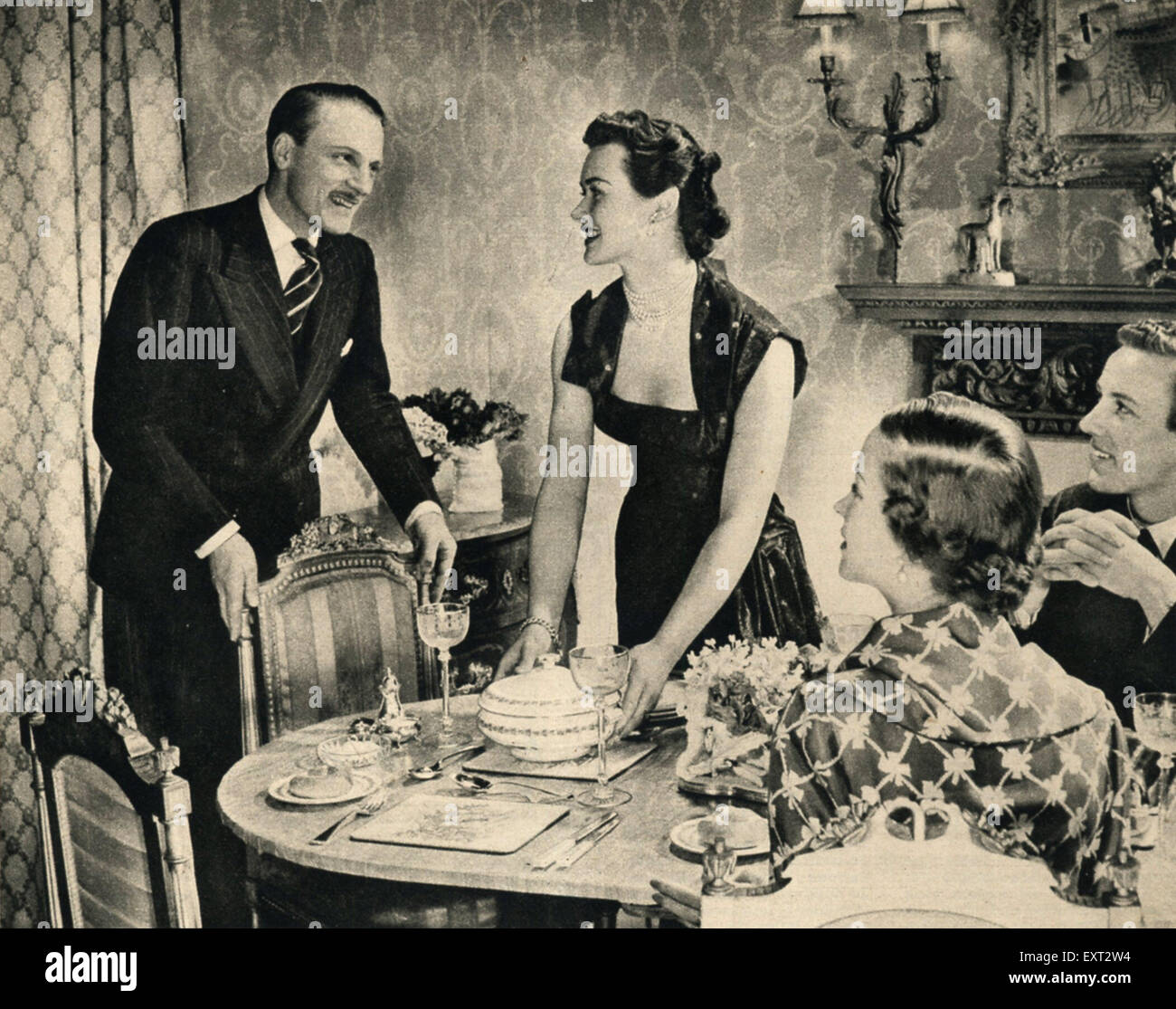
Diners Outraged as War Reenactors Arrive at Restaurant in Nazi Uniforms

### Historical War Reenactments: Context, Controversies, and Responsibilities
War reenactments have long been a popular way to bring history to life, offering people a chance to see and experience facets of military confrontations that shaped the world. From Roman battle re-creations to World War II replications, these performances allow participants and audience members to gain a deeper understanding of warfare, the life of soldiers, and the contexts that have influenced critical historical moments. However, these reenactments don’t come without controversy, particularly when portraying sensitive and painful parts of history—such as the rise of Nazi Germany during World War II.
#### A Controversial Incident
In October 2024, a notable incident occurred during a World War II reenactment event at the American Heritage Museum in Stow, Massachusetts. The museum, renowned for its large collection of military vehicles and tanks, was hosting the “Battle for the Airfield World War II Re-enactment,” a popular educational event featuring 350 participants playing both Axis and Allied forces.
The reenactment became problematic when actors portraying German Nazi soldiers, including SS officers, went to a local restaurant—**Kith and Kin**—while dressed in their military uniforms. What unfolded led to community outrage, as patrons in the restaurant were shocked and offended by the presence of individuals wearing symbols associated with hate and destruction.
Online conversations quickly took off on the social media platform Bluesky, where a user recounted their experience walking out of the restaurant due to the sight of Nazi uniforms. This outrage was not just centered around the use of these costumes in the reenactment but the fact that they wore these historically charged, repugnant symbols in a public dining establishment completely outside the educational setting.
#### The Museum’s Response and the Aftermath
Following the strong public backlash, Rob Collings, president of the American Heritage Museum, issued a formal statement condemning the decision to wear these uniforms in a casual public space. He emphasized that the museum’s reenactments are educational and intended to provide historical context for what American soldiers fought against during World War II. However, he acknowledged that “wearing German uniforms in a public space is beyond thoughtless, it’s repugnant,” especially in a world where anti-Semitic violence continues to rise, and neo-Nazi groups still operate.
In response to the incident, the museum pledged to review its protocols, particularly on how such historical figures and symbols are authentically represented and handled outside of structured, educational environments. They have reiterated that tight guidelines would be put in place to ensure reenactors are fully aware of the responsibility they bear when portraying figures from one of the darkest periods in human history.
#### The Responsibility of “Living Historians”
Those who participate in military reenactments often call themselves “living historians.” These individuals are not merely actors but people dedicated to bringing historical facts and stories to life through immersive experiences. Many take their roles seriously and aim to educate audiences on what soldiers, civilians, and officials from different eras experienced.
However, historical interpretation becomes risky when dealing with particularly sensitive and contentious events like World War II. Within reenactments, participants need to walk a delicate line between faithfully portraying history and being respectful of its victims and consequences. While reenactments are crucial for education—especially in teaching younger generations about what World War II soldiers encountered—they must avoid trivializing or misrepresenting the atrocities of the past.
In cases like this, it is imperative for living historians to understand that the power of a uniform or a symbol like the Nazi swastika—however historically accurate it may be—must always be treated with care. Symbols directly linked to genocide and hate cannot be disassociated from the real harm they inflicted, and as such, their use requires the utmost sensitivity and understanding.
#### Community Impact and Restaurant Reaction
Public outcry also extended to **Kith and Kin**, the restaurant where the reenactors were spotted. While the restaurant’s staff initially did not understand the full implications of the costumes, they later expressed regret for allowing the group to dine in their Nazi regalia. In an Instagram statement, Kith and Kin emphasized that they did not support anti-Semitic beliefs and apologized for the offense caused to patrons. The restaurant acknowledged that in retrospect, the individuals should have been asked to change into regular clothing before being seated.
Unfortunately, the restaurant faced increased harassment and threats following the incident, forcing them to close temporarily. This highlights another layer of complication when dealing with such sensitive historical symbols in public settings—a misstep, even when unintended, can quickly evolve into a significant issue that affects entire communities.
#### The Importance of Sensitivity in Historical Representation
This incident serves as a reminder that as much as history needs to be revisited and remembered, there is a delicate and ethical way to approach its darkest chapters. Reenactments should continue to educate the masses about the sacrifices made and the tragedies that ensued, but they must be handled with caution and